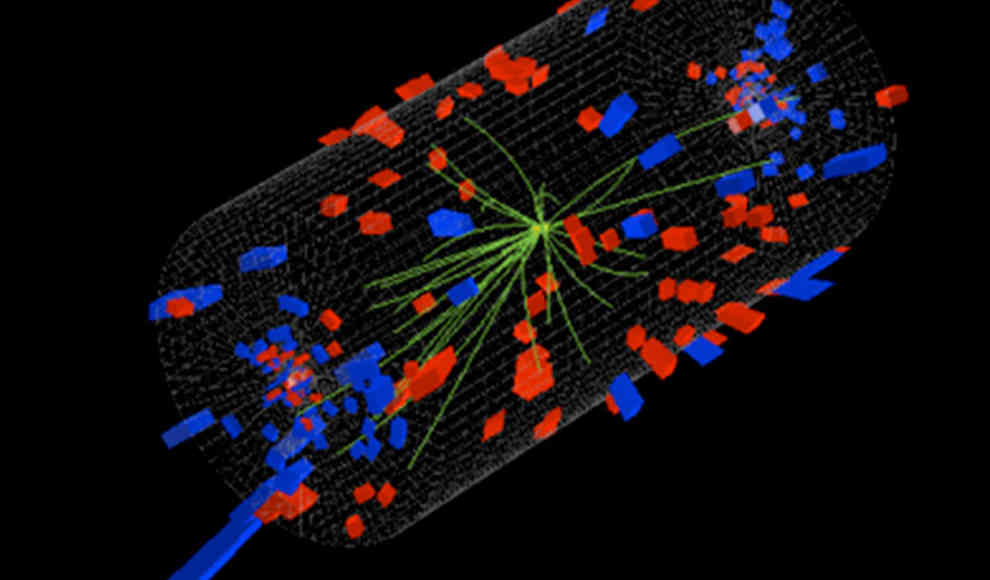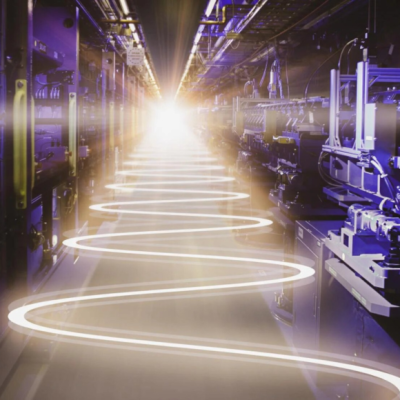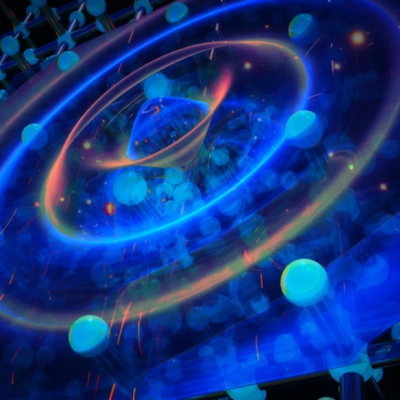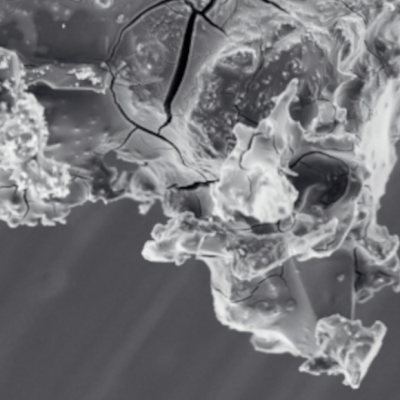In a groundbreaking experiment at the Large Hadron Collider (LHC) at CERN, scientists have created a new form of matter through collisions between protons and iron ions. However, the strange behavior of this new matter has left researchers at the Massachusetts Institute of Technology (MIT) puzzled. During the experiment, the proton and iron ion collisions resulted in the creation of new particles, the behavior of which cannot be explained. The scientists suspect that this could be a new form of matter.
Typically, when particles collide, new particles are created briefly before they decay and move uncontrollably in all directions. However, during the proton and iron ion collisions, the Compact Muon Solenoid-Team (CMS) discovered a few pairs of particles that moved parallel to each other in the exact same direction and trajectory away from the collision site. This unusual behavior was observed repeatedly in multiple experiments. Physicist Gunther Roland from MIT reported that these pairs always flew in the same direction, even though they could not explain how they communicated this direction to each other.
Roland and his colleague Wei Li from Rice University published their preliminary findings on arxiv.org, a document server for scientific documents in physics, mathematics, computer science, and biology. The MIT Heavy Ion Group confirmed the discovery through their own experiments, where they collided protons with heavy metal ions such as gold, lead, and copper. The researchers suspect that the behavior of the particle pairs could be explained by the influence of Quark-Gluon Plasma, a wave that exists for a millionth of a second during heavy ion collisions and is believed to have existed shortly after the Big Bang.
Although the observed behavior is a very small effect, the fact that it can be reproduced suggests that this discovery is something fundamental for which there is no exact scientific explanation yet. The discovery of this new form of matter could have significant implications for our understanding of the universe and the laws of physics.










